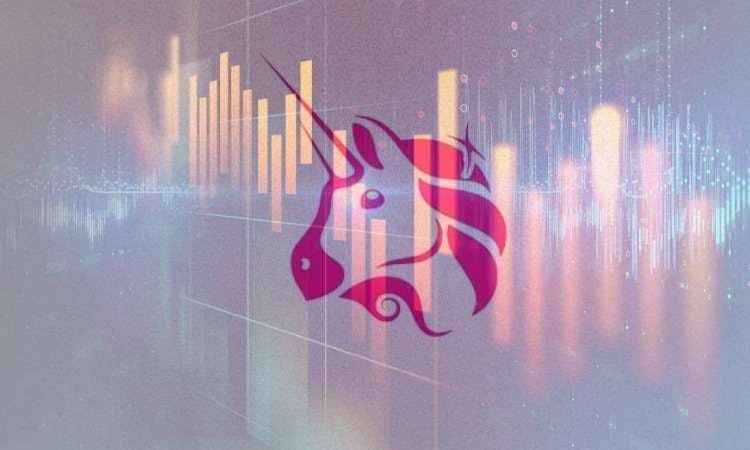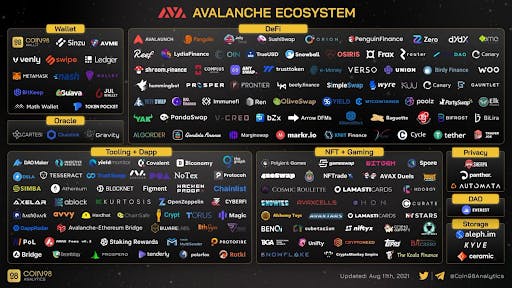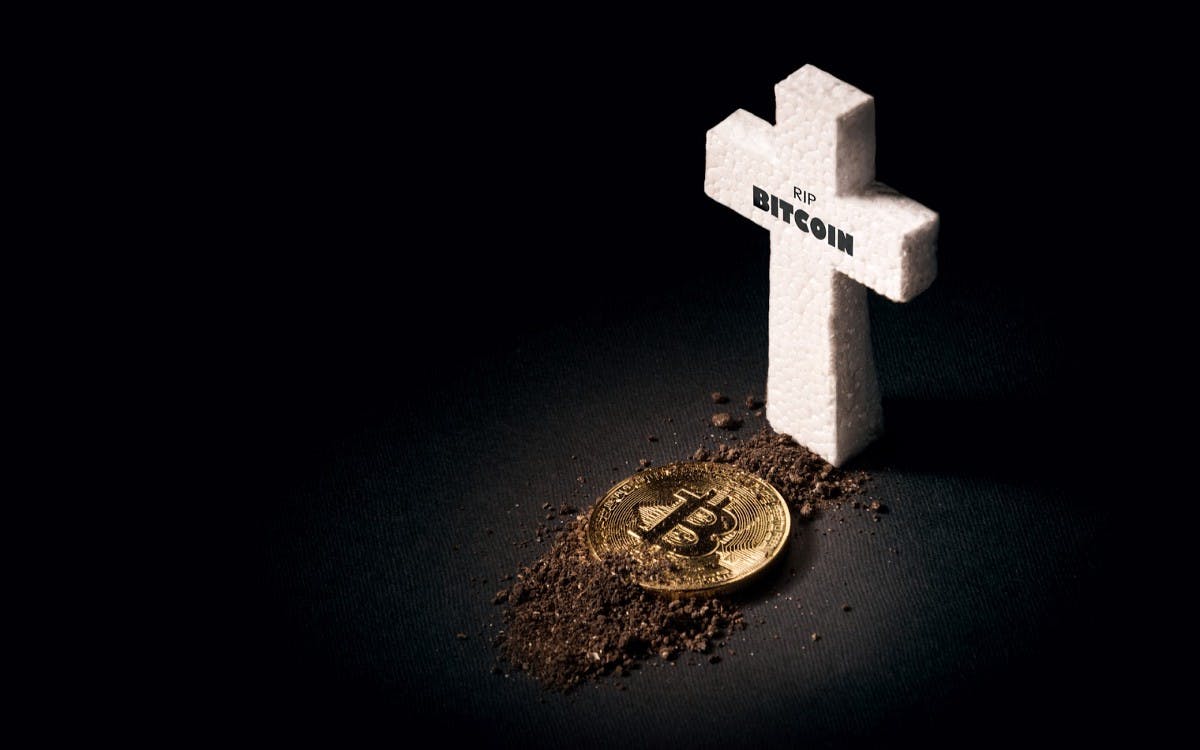
- All
- Tools
- Analytics
- Technical Analysis
- Trading
- Blockchain
- DeFi
- Guides
- Company News
- Educational
- Opinion
- Price Predictions
- Market News
- News
- Trading cases
- Practical guides
- Exchanges
- Trading signals
- Cryptocurrency
- Crypto bots
- Other
Become a crypto master
Learn everything about crypto,
trading and bots

What is The Graph and How Does It Work?
Discover the power of The Graph in crypto. Explore its data indexing capabilities, applications in DeFi and NFTs, and its impact on the crypto ecosystem.
- What is the Graph?
- Benefits of the Graph for Developers and Users
- Use Cases and Applications
- The Role of the Graph in DeFi (Decentralized Finance)
- Providing real-time data for DeFi protocols
- Enabling efficient analytics and reporting
- NFT (Non-Fungible Token) marketplaces and the Graph
- Indexing and retrieving NFT metadata
- Improving user experience and discovery
- Other industries and potential applications
- Gaming and virtual worlds
- Supply chain and logistics
- Social media and content platforms
- Impact of The Graph on the Crypto Ecosystem
- Challenges
- Conclusion
Start Trading on 3Commas Today
Get full access to all 3Commas trading tools with free trial period

Cryptocurrency and blockchain technology have transformed different industries by introducing decentralized and transparent platforms that challenge traditional models.
However, one of the main issues in the crypto industry is properly collecting and managing the huge amount of data generated by these networks. This is where The Graph comes in.
The Graph is a decentralized protocol that is designed to make blockchain data accessible to developers by using efficient indexing and querying mechanisms. It allows developers to build decentralized applications (dApps) that can obtain and analyze data effortlessly by getting rid of the complexity of interfacing with multiple blockchains.
This article comprehensively explores the Graph and its significance in the crypto ecosystem.
What is the Graph?
The Graph is an innovative protocol that is vital in the fast-growing crypto world. It provides a solid architecture for indexing and organizing data on blockchain networks, making it easier for developers and users to access and query data.
The Graph comprises two main components: the Graph Protocol and the Graph Network. The Graph Protocol is a decentralized framework that allows developers to build and deploy subgraphs (or data schemas) that govern how specific blockchain data should be indexed and structured.
These subgraphs serve as intermediaries for the blockchain and the apps built on top of it.
On the other hand, the Graph Network is made up of a network of indexers, curators, and users. Indexers are the network's backbone, as they are in charge of processing and storing the data indexed by subgraphs. Curators help ensure the quality and correctness of the indexed data by indicating which subgraphs are useful and reliable.
Benefits of the Graph for Developers and Users
The Graph offers numerous key benefits to both developers and users in the cryptocurrency world. These include:
Efficient data querying and retrieval
The Graph makes it easier to retrieve data from blockchains and decentralized networks. Developers can use its simple query language, GraphQL, to request specific data sets, thereby eliminating the need to manually navigate complex blockchain infrastructures.
This simplified approach saves developers time and effort, allowing them to focus on creating unique applications and experiences.
Enhanced scalability and performance
As the crypto ecosystem grows, scalability and performance become important aspects for both developers and users. The Graph solves these issues by indexing and caching data, optimizing the query process, and delivering real-time results.
Developers can leverage its infrastructure to build dApps that scale effectively and provide a seamless user experience, even during periods of high network traffic.
Facilitating dApps development
The Graph is important in building dApps because it provides a solid architecture for data indexing and retrieval. This helps developers to focus on designing attractive user interfaces and creative features for their dApps.
The Graph's standardized APIs and data schemas make it easy for developers to create interoperable applications that can run on many blockchain networks at the same time.
Enabling cross-platform interoperability
The Graph enhances interoperability in the crypto industry by indexing data from multiple blockchain networks. Developers can use The Graph to build applications that seamlessly interact with diverse blockchain protocols, thereby enabling a more connected and inclusive ecosystem.
This interoperability allows users to access and use many blockchain services and capabilities without being restricted to a single network, opening up new avenues for innovation and collaboration.
Use Cases and Applications
The Role of the Graph in DeFi (Decentralized Finance)
DeFi has emerged as one of blockchain technology's most notable use cases, revolutionizing traditional finance by providing open and accessible financial services to anyone with an internet connection. The Graph is important to the DeFi ecosystem because it provides real-time data indexing and retrieval for many protocols.
Providing real-time data for DeFi protocols
DeFi platforms rely on current data such as token prices, liquidity pools, and loan rates. The Graph indexes and organizes this data, allowing developers to create apps that can simply query and obtain the information they require.
This ensures accurate and timely data for DeFi users, allowing for more informed decision-making and an overall better user experience.
Enabling efficient analytics and reporting
Data analytics and reporting are important for monitoring the performance of DeFi protocols. Developers can use the Graph's data indexing features to build powerful analytics tools that track and analyze key parameters like transaction volumes, user activity, and protocol performance.
This data-driven strategy improves DeFi ecosystem transparency, risk assessment, and compliance.
NFT (Non-Fungible Token) marketplaces and the Graph
NFT marketplaces place a high value on accurate and complete metadata connected with NFTs. The Graph is important to indexing and retrieving NFT metadata, thereby improving the user experience, and enhancing seamless discovery.
Indexing and retrieving NFT metadata
NFT marketplaces can use the Graph's data indexing features to efficiently store and retrieve information linked with each token. This metadata comprises information about the creator, ownership history, provenance, and other pertinent factors.
NFT systems may provide users with extensive search and filtering capabilities by leveraging the graph, making it easier to discover and assess alternative tokens.
Improving user experience and discovery
The Graph can be used by NFT markets to provide personalized recommendations, curated collections, and advanced search tools. Users can search for NFTs using specified parameters like artist, genre, or popularity.
The Graph improves the overall user experience by enabling quick metadata indexing and retrieval, making it easier and more fun for collectors and enthusiasts to navigate the NFT ecosystem.
Other industries and potential applications
While DeFi and NFTs are prominent use cases, the Graph's application is not limited to these industries. The Graph’s data indexing capability opens up opportunities in different industries:
Gaming and virtual worlds
The Graph can play an important role in gaming and virtual worlds by indexing and organizing game-related data such as in-game assets, player profiles, and transaction histories. This helps developers build immersive and decentralized gaming experiences while maintaining transparency and interoperability.
Supply chain and logistics
The data indexing capabilities of the Graph can be used in supply chain and logistics management systems. Businesses can improve transparency, traceability, and efficiency in their supply chain processes by indexing information about product sources, shipping tracking, and inventory management.
Social media and content platforms
The Graph's data indexing capabilities can help content platforms and social media networks organize and retrieve user-generated content, profiles, and interactions more efficiently. This allows decentralized social networks to provide seamless content discovery, personalized suggestions, and enhanced community engagement.
Impact of The Graph on the Crypto Ecosystem
The Graph has transformed how developers access and use blockchain data by providing a decentralized indexing system. Here are some of the important areas where the Graph has had a significant impact on the crypto industry:
Democratizing access to data
Reducing barriers for developers
Before The Graph, developers were spending a significant amount of time and resources either building their data indexing systems or relying on centralized providers. The Graph democratizes data access by providing a decentralized architecture that allows developers to easily and cost-effectively query blockchain data.
This accessibility has made it easier for developers of all sizes to build dApps and interact with blockchain data.
Empowering small-scale projects
The decentralized nature of the Graph has leveled the playing field for small-scale projects and developers. They can now compete with larger entities by leveraging the Graph's indexing capabilities for scalable data access and organization.
This has fostered innovation and diversity within the crypto ecosystem, as developers can now focus on building unique and profitable applications rather than wasting money on data infrastructure.
Promoting interoperability and collaboration
Integration with various blockchain networks
The Graph Protocol is blockchain-agnostic, allowing it to seamlessly connect with many blockchain networks. This compatibility has broadened The Graph's reach and utility across ecosystems, allowing developers to access data from multiple blockchains via a uniform interface.
The Graph encourages collaboration and synergy across blockchain initiatives by facilitating cross-chain indexing.
Collaborations with other crypto projects
The Graph has actively sought collaborations with other crypto projects, which has increased its impact on the ecosystem. The Graph improves the functionality and usability of popular protocols like DeFi platforms and NFT marketplaces by collaborating with them.
These interactions enrich the ecosystem as a whole and generate a sense of interconnectedness, which drives innovation and adoption.
Challenges
The Graph has made important advances in the crypto space in terms of data indexing. However, just like any other technology, it has challenges. Highlighted below are some of the major challenges that the Graph ecosystem encounters.
Scalability and network congestion
As blockchain technology and dApps become more popular, scalability becomes an increasingly important challenge for The Graph. To sustain peak performance, the network must efficiently process massive amounts of data and queries.
Scalability issues will require unique solutions such as sharding, layer-2 protocols, or other scaling strategies. The Graph team is actively investigating these solutions to ensure the network's long-term viability.
Evolution of governance model
The Graph has implemented a decentralized governance model in which stakeholders can make important protocol decisions. However, the governance model is susceptible to change and development. It is a constant challenge to ensure effective involvement and decision-making among stakeholders while avoiding centralization.
The Graph community will need to negotiate this changing landscape and establish a balance that favors decentralized governance while retaining the overarching direction and stability of the project.
Increasing complexity of data sources
As the crypto ecosystem keeps expanding, so does the complexity of data sources. The Graph must adapt to the growing number of blockchains, decentralized networks, and data formats. Integrating with new and old protocols requires ongoing development and support, allowing developers to index and query data from different sources.
The Graph must maintain a vibrant ecosystem of subgraphs while also keeping up with new standards and procedures.
Improving developer tools and documentation
The Graph has already made tremendous progress in providing developers with tools and documentation to build and deploy subgraphs. There is, however, always an opportunity for development.
Improving the developer experience by improving tools, providing more detailed documentation, and providing instructional materials would encourage greater adoption and engagement in the ecosystem.
This involves making it easier to create and maintain subgraphs, enhancing debugging features, and cultivating a welcoming development community.
Privacy and data security
As data becomes more important in the crypto industry, privacy and data security become important. The Graph will need to protect sensitive data while still protecting user privacy. This could include introducing privacy-protecting technologies, improving data encryption methods, and developing best practices for handling sensitive data.
The right balance of transparency and privacy will be important to gain trust and attract different participants.
Conclusion
The Graph has proven its value as a fundamental building block in the crypto industry. Its effective data indexing and retrieval capabilities have not only enhanced the development of decentralized applications but have also paved the way for the exploration of new sectors and applications, ranging from gaming and supply chains to social media and content platforms.
Looking ahead, The Graph has a bright future ahead of it, with several interesting innovations on the way. The project is constantly evolving as a result of community contributions and teamwork.
By tackling the challenges discussed in this article and embracing growth opportunities, the Graph can solidify its position as an important infrastructure in the crypto ecosystem, thereby enabling developers and users to realize the full potential of dApps and data.
FAQ
The Graph is a promising project with lots of potential. It is a decentralized indexing system for the decentralized web that helps in developing dApps. The Graph has over 1,000 dApps using it, thereby showcasing its potential.
Its tokenomics encourage long-term investment, but its risks include market volatility and the project's infancy. Don’t forget to conduct extensive research before investing in any cryptocurrency.
The Graph, which was launched in 2020, has attracted over 1,000 dApps, including Uniswap and Aave. Its tokenomics encourage long-term investment by providing staking rewards and governance participation.
With widespread adoption and potential, the Graph could become increasingly important on the decentralized web as it grows, owing to rising demand from dApps and the expanding staking market.
The Graph (GRT) is a decentralized blockchain data indexing and querying system. It is based on Ethereum and uses GraphQL, subgraphs, and indexing nodes. GRT is its native token, which is used for fees and governance.
When compared to centralized systems, the Graph provides more security, scalability, and cost-effectiveness. With its primary features of decentralization, scalability, cost-effectiveness, and openness, the Graph has the potential to revolutionize data storage and querying on blockchains.
Built on the Ethereum blockchain, The Graph is open-source software, which means that anyone can view its underlying code. It aims to collect and store data from blockchains like Avalanche and Ethereum so that other users can search for it.
GRT is the native cryptocurrency of the Graph. It is used to boost the integrity of the data that is secured within the Graph network. Users (i.e., indexers, curators, or delegators) need to stake GRT to execute their roles, while they earn fees from the network as incentives for their roles on the network.

Adedamola is a highly resourceful content writer with comprehensive experience in researching and creating simple content that engage and educate the audience. He is interested in improving the marketing results of blockchain and crypto brands through great content.
READ MORE
- What is the Graph?
- Benefits of the Graph for Developers and Users
- Use Cases and Applications
- The Role of the Graph in DeFi (Decentralized Finance)
- Providing real-time data for DeFi protocols
- Enabling efficient analytics and reporting
- NFT (Non-Fungible Token) marketplaces and the Graph
- Indexing and retrieving NFT metadata
- Improving user experience and discovery
- Other industries and potential applications
- Gaming and virtual worlds
- Supply chain and logistics
- Social media and content platforms
- Impact of The Graph on the Crypto Ecosystem
- Challenges
- Conclusion





